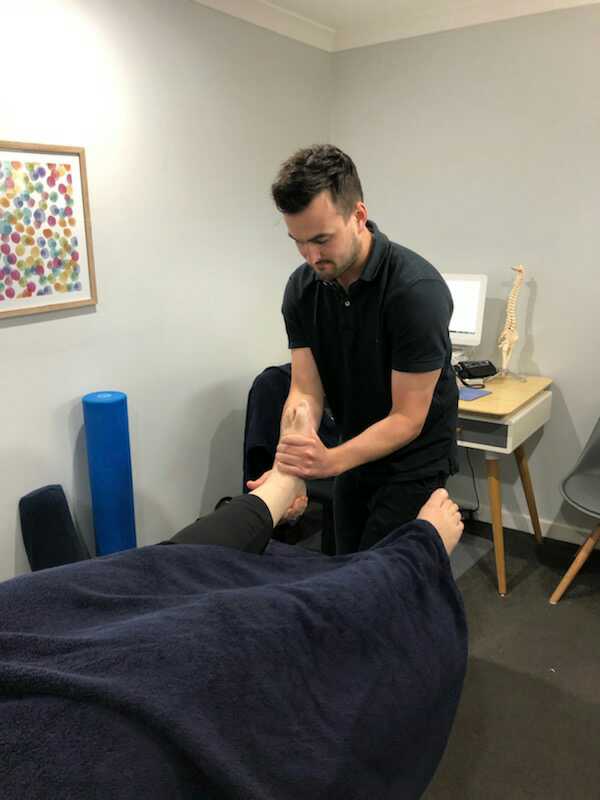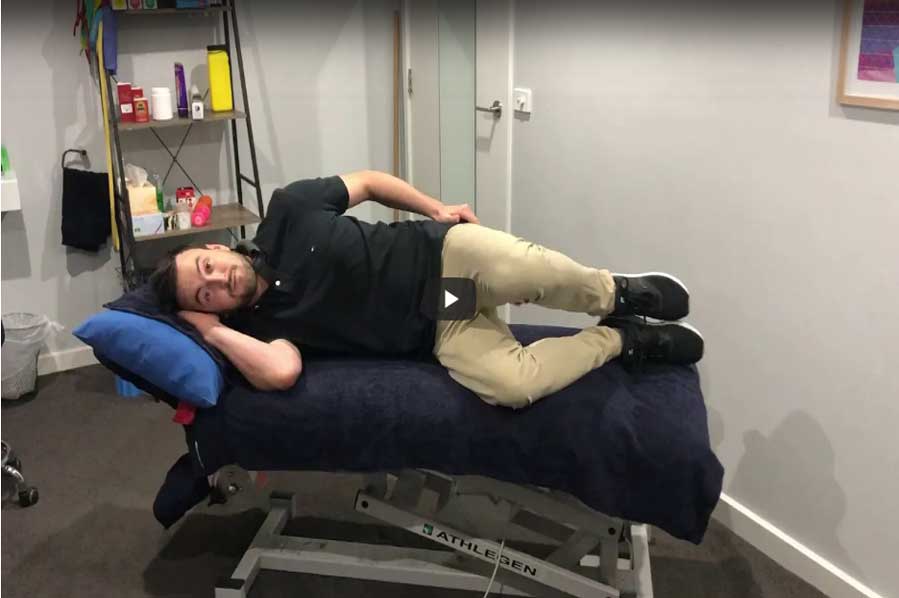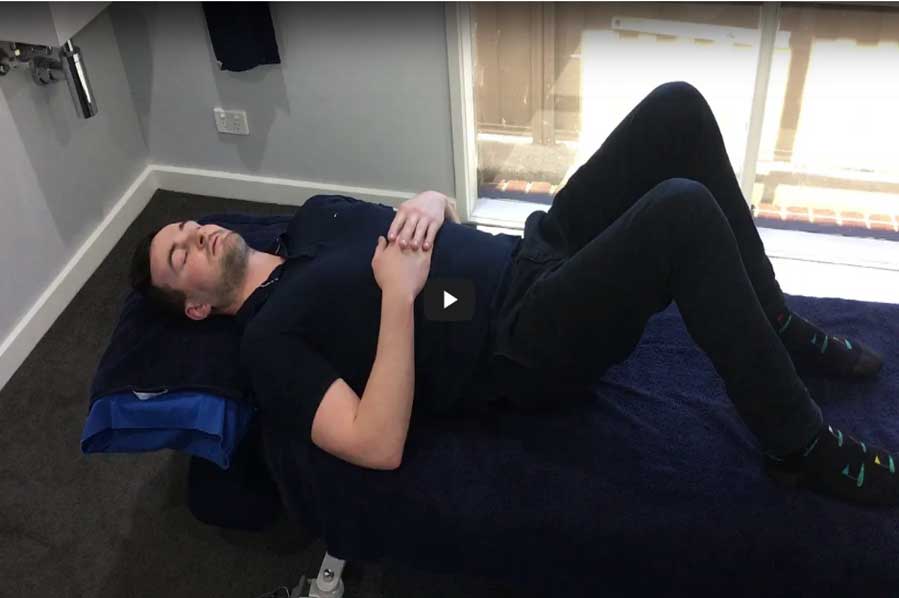MY PAINFUL EXPERIENCE – JACK TROAKE
Back in my first year of University, I fancied myself as the next Michael Jordan. So I decided to play a summer league competition of domestic basketball.
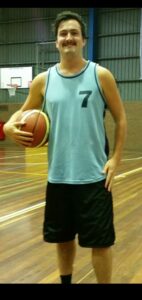 The Injury
The Injury
Ten minutes into the game I realised I may have overestimated my skills and fitness levels – first year of university will do that to you! Long story short, I zigged when I should have zagged! My knee collapsed, leaving me with intense pain and a bruised ego. A concerned official was on hand soon enough with some ice and to my luck he was a trained medical officer. He magically diagnosed that I hadn’t ruptured my ACL by merely touching my kneecap. I wish I was blessed with those skills to this day! Whilst I’m sure he was well versed in injury management, I decided to seek a second opinion from an Osteopath.
Treatment
 I entrusted my recovery and rehabilitation with a local, recommended Osteopath. The Osteopath carried out a thorough examination, diagnosing me with a medial meniscus irritation. To read more about meniscus injuries please click here. He also outlined my injury in easy-to-understand language so that I felt really informed. After all knowledge is power!
I entrusted my recovery and rehabilitation with a local, recommended Osteopath. The Osteopath carried out a thorough examination, diagnosing me with a medial meniscus irritation. To read more about meniscus injuries please click here. He also outlined my injury in easy-to-understand language so that I felt really informed. After all knowledge is power!
Initially, treatment was focused on getting me out of pain. Once my pain started to recede, we moved to a more active phase of rehabilitation. We also set up a management plan going forward. This involved at-home exercise techniques and a graded strengthening program. This helped to strengthen the knee so that I was less likely to have the injury happen again. I was hoping to return to the court, as well as surfing again, so this was important.
Not only did my knee improve from weekly sessions following my Osteopath’s rehabilitation program, but I noticed other benefits. My balance improved from doing more single leg work and my whole leg and core strength also improved.
Being a first year student studying Osteopathy, I was lucky enough to always have continual treatment. This meant I could maintain and strengthen the gains I had made in my rehabilitation. And thankfully my knee injury has not reared up again. It’s never felt better actually!
What I learnt from my knee injury
One thing I learnt through this experience was that my recovery did not lie entirely in the hands of my Osteopath. As a client, I had to take an active role in my recovery to ensure I returned to throwing up bricks on the basketball court… much to the disappointment of my teammates!
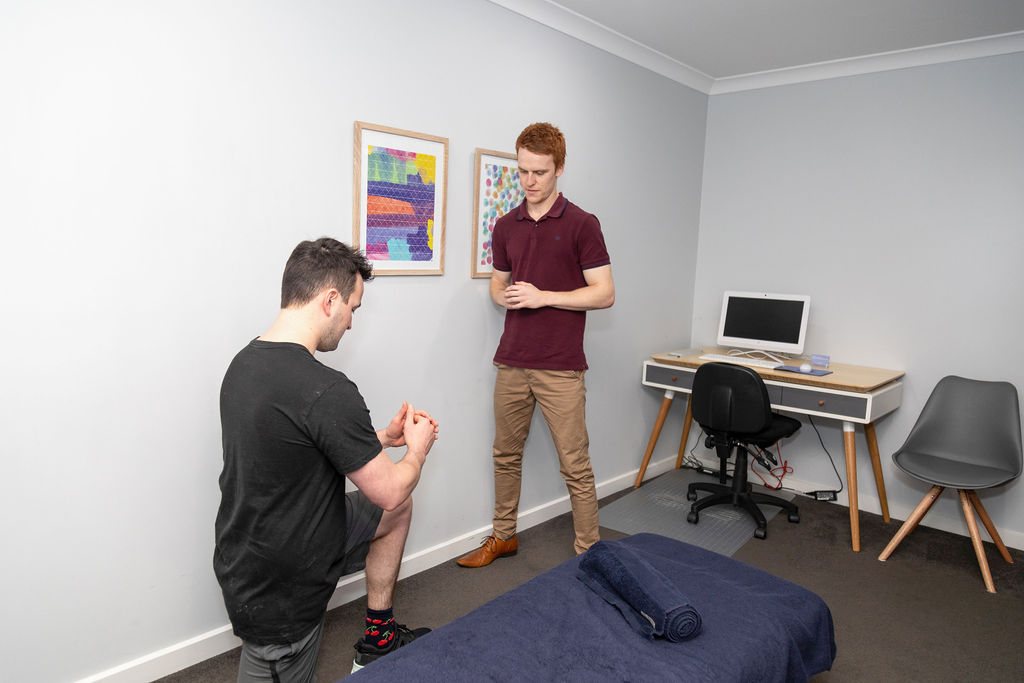

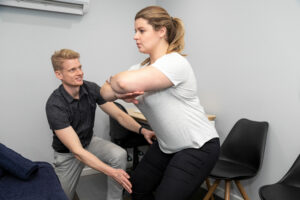 So with the ever changing landscape we are living it at the minute, it is important to be adaptive to remain fit and healthy. With the recent forced closure of gyms around the country, there is no reason why you cannot perform a high intensity, fun, challenging exercise routine at home.
So with the ever changing landscape we are living it at the minute, it is important to be adaptive to remain fit and healthy. With the recent forced closure of gyms around the country, there is no reason why you cannot perform a high intensity, fun, challenging exercise routine at home.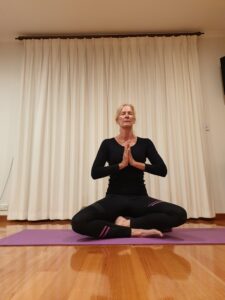 Whilst it is easy to focus on physical health at this time it is as equally important to not forget about our mental health. A couple of fantastic techniques for the body and mind are the use of yoga and meditation.
Whilst it is easy to focus on physical health at this time it is as equally important to not forget about our mental health. A couple of fantastic techniques for the body and mind are the use of yoga and meditation. 
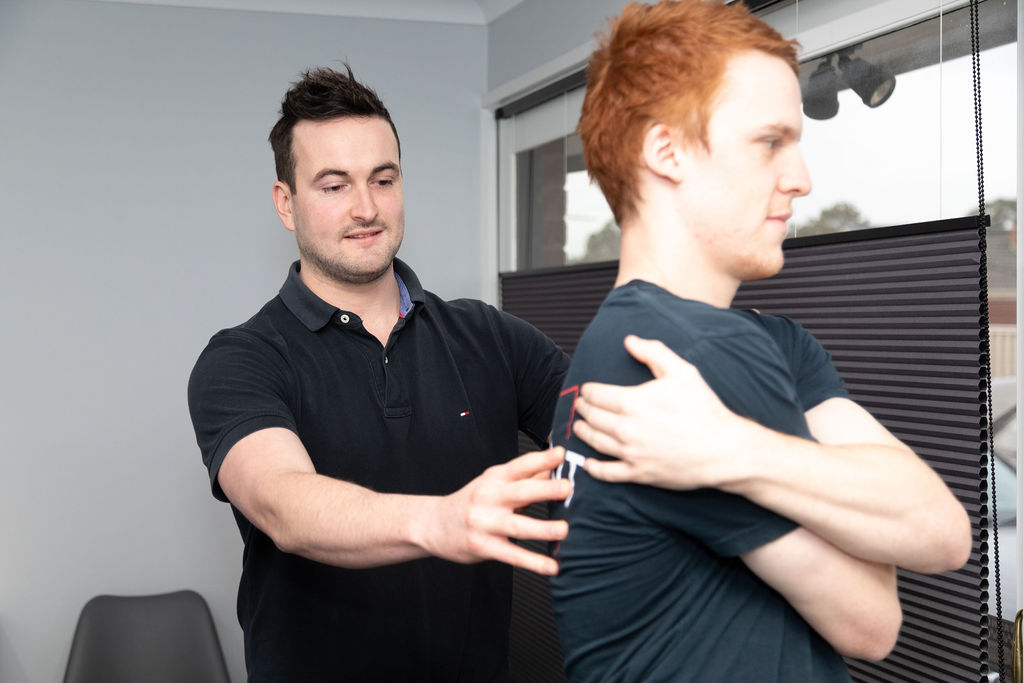
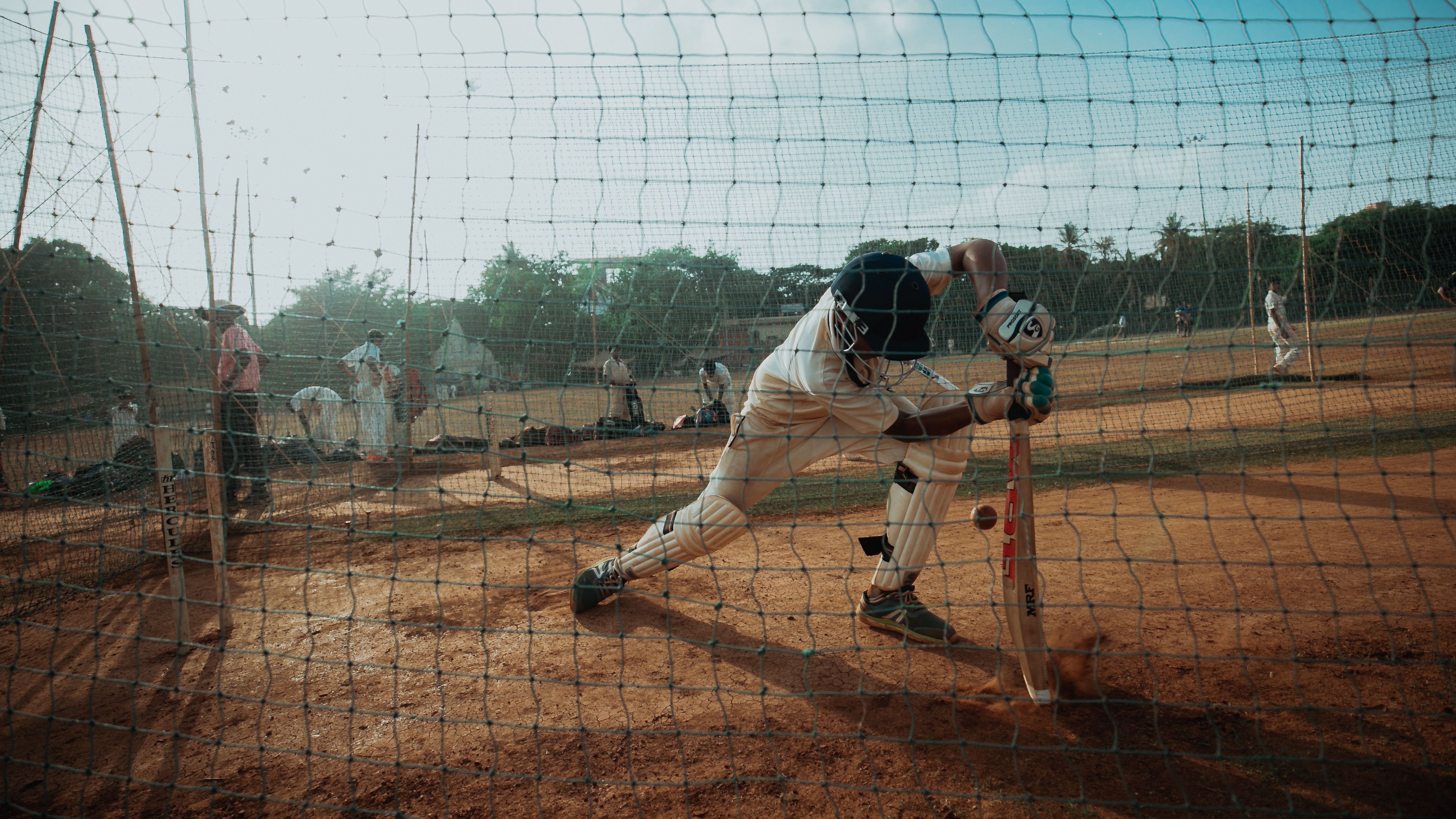 With the warm weather starting to finally break through after a bitterly cold, disappointing (Melbourne Demons Supporter!) winter we look forward to another summer spent chasing a small red leather ball around an oval.
With the warm weather starting to finally break through after a bitterly cold, disappointing (Melbourne Demons Supporter!) winter we look forward to another summer spent chasing a small red leather ball around an oval. 

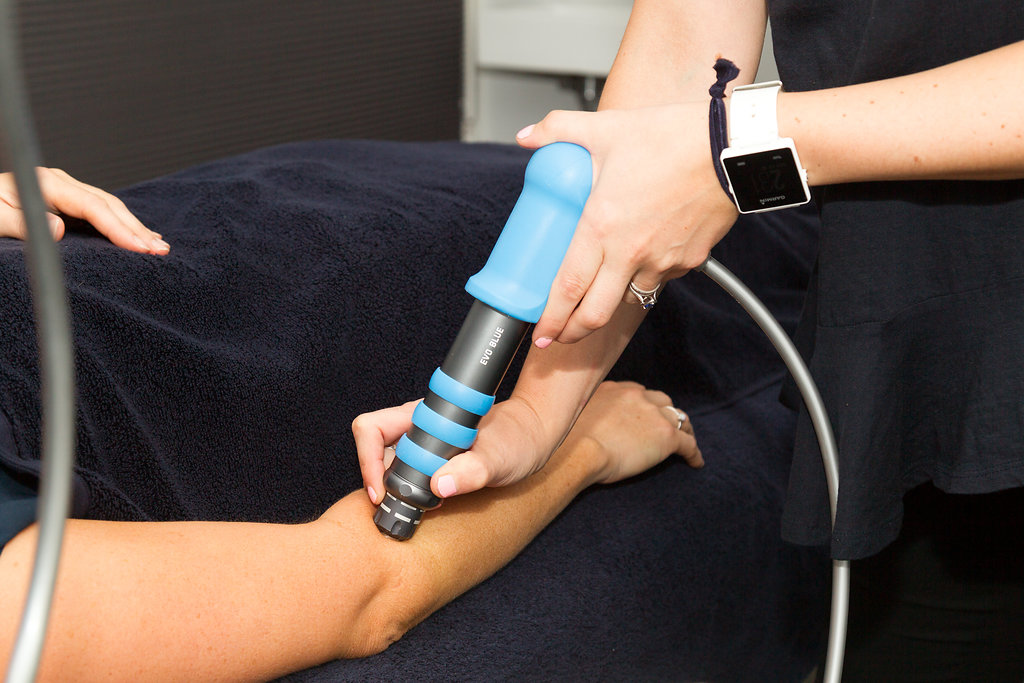 1. Firstly decrease muscular tension around the elbow and surrounding joints to assist in offloading the irritated tendons.
1. Firstly decrease muscular tension around the elbow and surrounding joints to assist in offloading the irritated tendons. 





